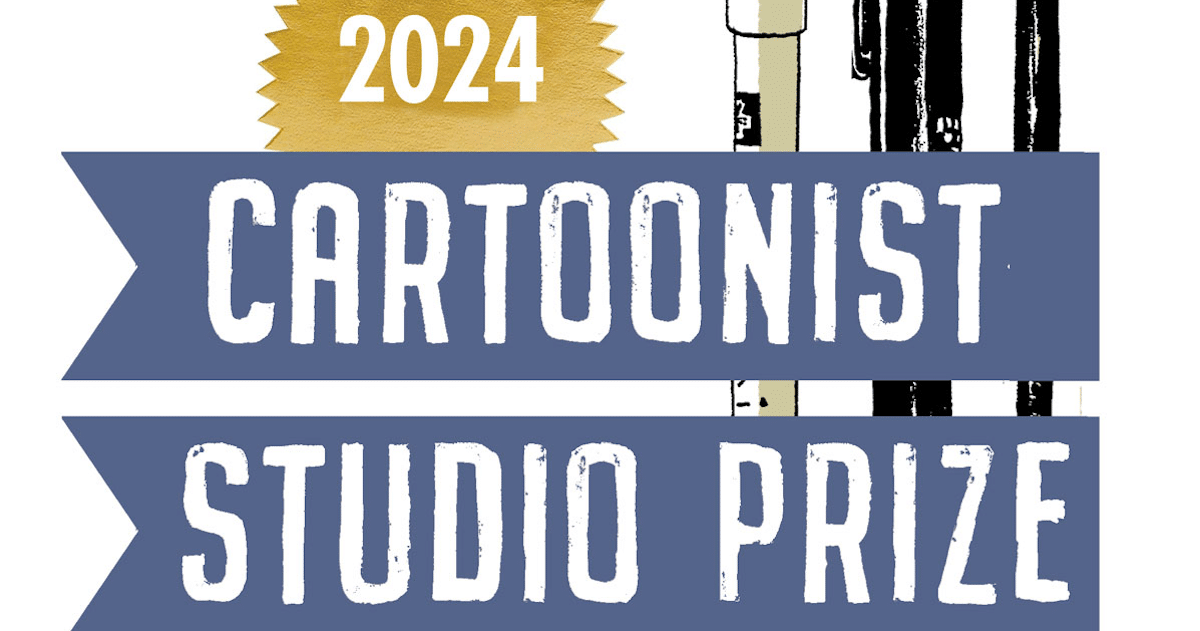§ BOOM! Studios editor-in-chief and comics writing sifu Mark Waid is now blogging at Kung Fu Monkey, along with proprietor John Rogers, and Michael Alan Nelson. In one of his first outings, Waid explains the very basics of comics writing, and we can tell you from experience, it is info that many tyros are NOT familiar with:
Screenwriter walks into my office. Famous, one of the two or three whose name is as instantly recognizable to movie fans in Iowa as it is to us Left Coasters. And he’s immediately on my good side because the first words out of his mouth are not “so I have this pitch for a supernatural western,” but, rather, “I know how to write for film but I don’t know how to write for comics, and I presume there’s a difference.” You would be astounded at the number of professional writers who mooch off my expense account and don’t know even that much. Here’s what I told him:
The single most important difference between a screenplay and a comic book script is that a comic story is made up of frozen moments. Screen stills. Snapshots.
§ A brief chat with Bryan Lee O’Malley conducted by Chris Butcher.
Comics212: I understand that you’re not taking on any other projects until Scott Pilgrim is done (commendable!). But if you could draw one thing that wasn’t SP right now, what would it be?
BLOM: Honestly, nothing. I have a few ideas for future projects, but I’m enjoying the gentle sound of them percolating in the back of my head. Part of the Great Experiment of Scott Pilgrim is to increase my overall abilities to the point where I can start future projects from a totally different place, craft-wise, than where I started Scott Pilgrim.
¶ Bill Willingham tells Vaneta Rogers about the potential FABLES TV show:
Well, I think it’s probably better suited to an episodic presentation on TV than it is to, like, a major motion picture. That said, I would have loved to see the scope of a feature film.
But I’m cautiously optimistic, I would say. The one thing I will caution everyone is that the Fables comic book will always be the official Fables story. Part of me sees this as a grand thing, and part of me worries that they’ll never get it right. So I’m open to the possibility, but I will just say that the comic books are the thing.
§ Percy Carey continues his interview series at Complex, this time with William Wilson, who has a comics packaging company called Arch Enemy.
§ Spider-Man musical casting gossip: Evan Rachel Wood as Mary Jane.
The website also reveals that her ‘Across The Universe’ co-star Jim Sturgess, long rumored to play Peter Parker/Spiderman is still a possibility, but has to be “convinced”.
§ Please, whatever you do, don’t read this Quick Guide To Start Reading Comics.





So Evan Rachel Wood goes from Asterix to Spider-Man.
Good advice from Mark Waid. The biggest mistake writers make is placing more than one action in a panel. (Although Scott McCloud shows an interesting example in “Understanding Comics”, showing how time flows through one panel.)
The most annoying mistake is “going over budget” and asking an artist to illustrate a fight scene involving 300 Spartans fighting the Third Dinosaur Army while World War One biplanes engage an alien armada. In the second panel on the page, back at HQ, Major Smith is explaining to the Chiefs of Staff the synopsis of the previous issue. Panel Three, we cut to Major Smith’s apartment, where his All-American Girl-Next-Door girlfriend is feeding his adorable labradoodle puppy, unaware that Impending Doom is about to ring the doorbell. Panel Four, close-up of nefarious gloved hand as it rings the doorbell. Page Two…
Argh, I read it! “Read Wizard magazine”? I would think that’s a surefire method of getting people mildly interested in reading comics to turn dead set against it.
I see Jennifer beat me to it.
And god, I would never try to get someone started on issues. I read trades-only for a good three years before I started getting curious about issues.
How to seduce the innocent:
See if they like comicstrips. Explain that comicbooks are like comicstrips, but longer.
Ask them what types of books they like to read. Find a similar graphic novel (preferably one with good reviews).
If it’s a child, give them something fun and cartoony and digest sized. Avoid licensed properties unless the kid is a big fan, or unless the property is based on a comicbook.
If it’s a child you have some responsibility for, read to them from graphic novels. A graphic novel is a picture book with the words ON the pictures. If talented enough, change voices for characters. Once you have finished the book, leave it with the child to rediscover. Start a library in the child’s room. Also frequent your local library and ask the librarians for recommendations.